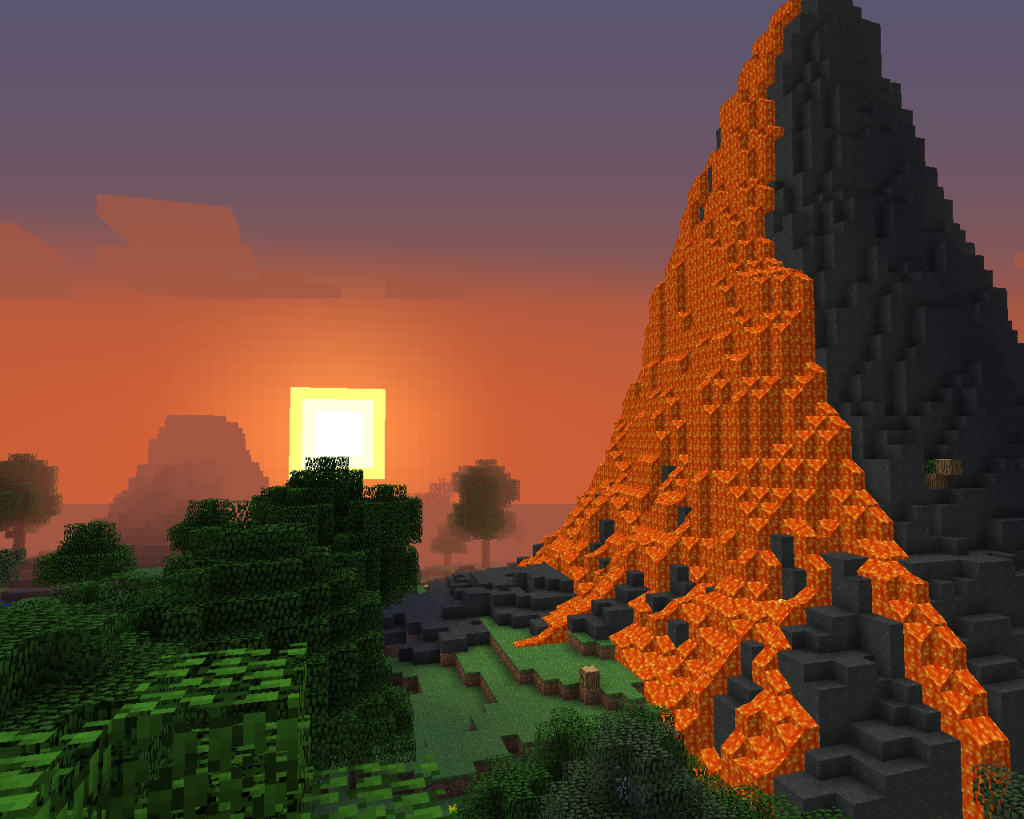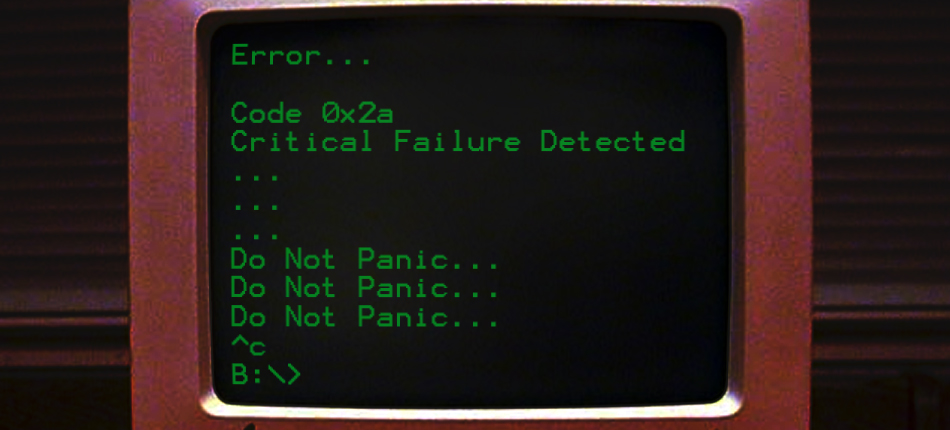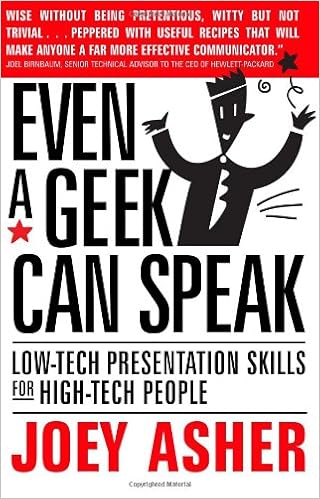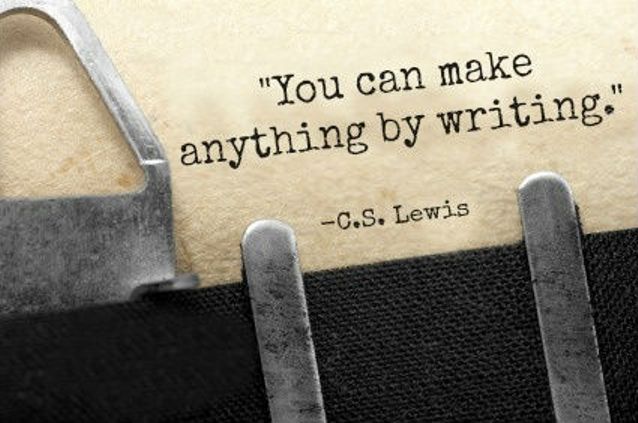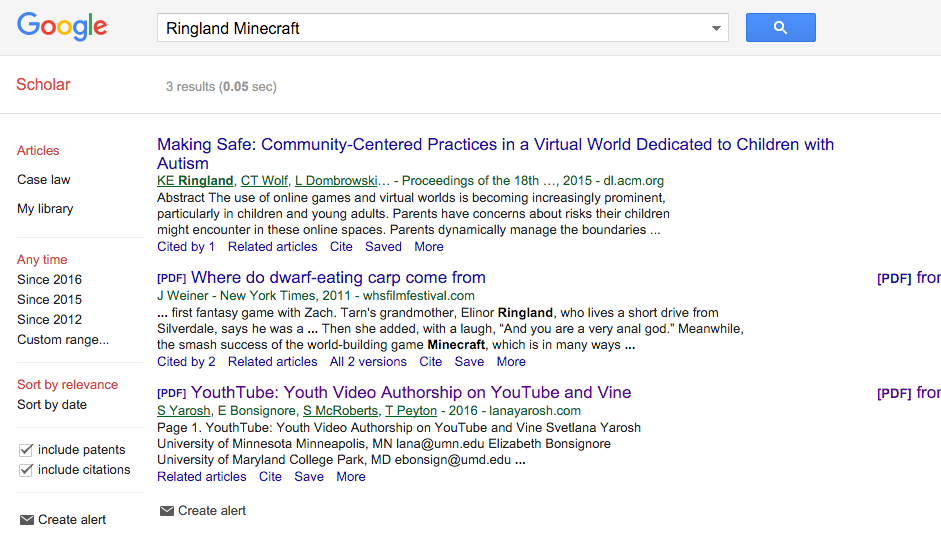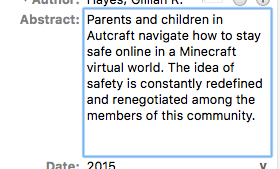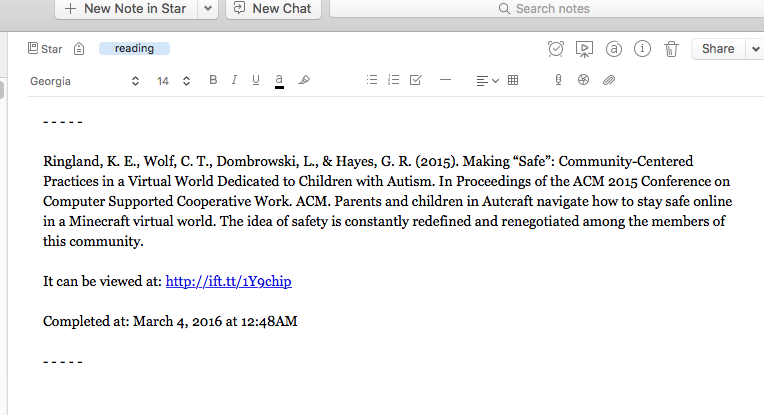Tag: PhD (Page 2 of 3)
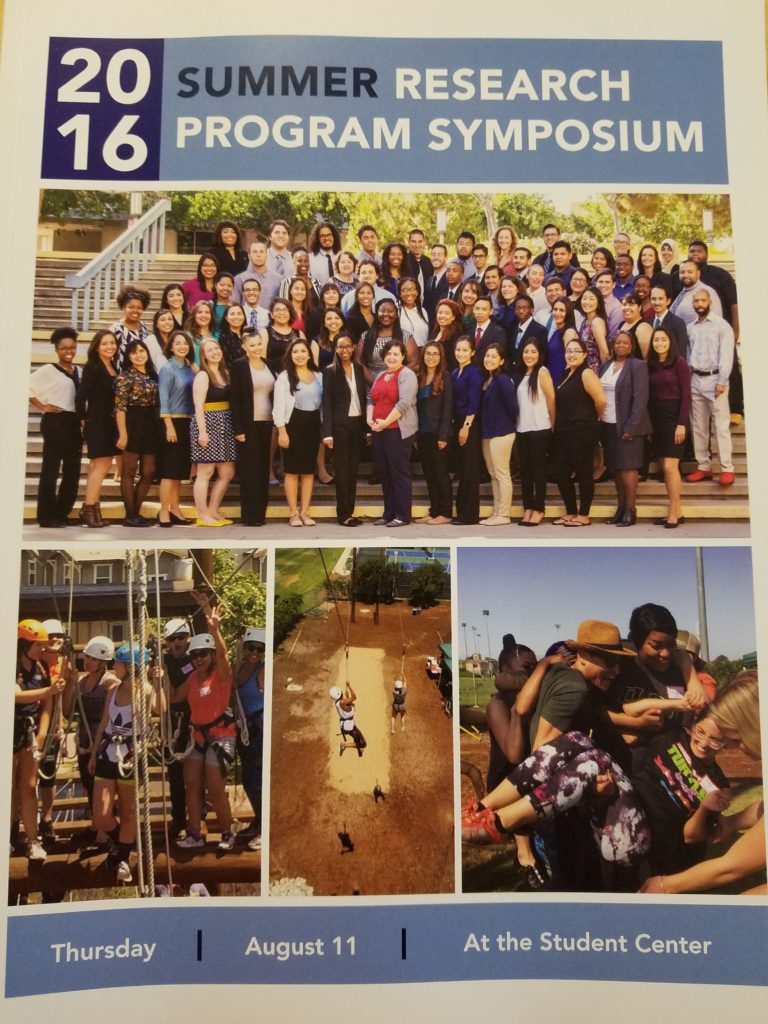
Cover to the Summer Research Symposium program.
Today was the end of the summer research programs on the UCI campus. This summer I was a mentor to both an incoming PhD student in the Competitive Edge program and an undergraduate student in the SURF program. The summer ended with a wonderful research symposium where half the students presented their work via oral presentations and the other half presented posters. We then had an awards ceremony lunch where everyone was recognized for the great work they did this summer.

SURF Undergraduate, Aminah Tamimi, giving her presentation on 3d printing from Minecraft.
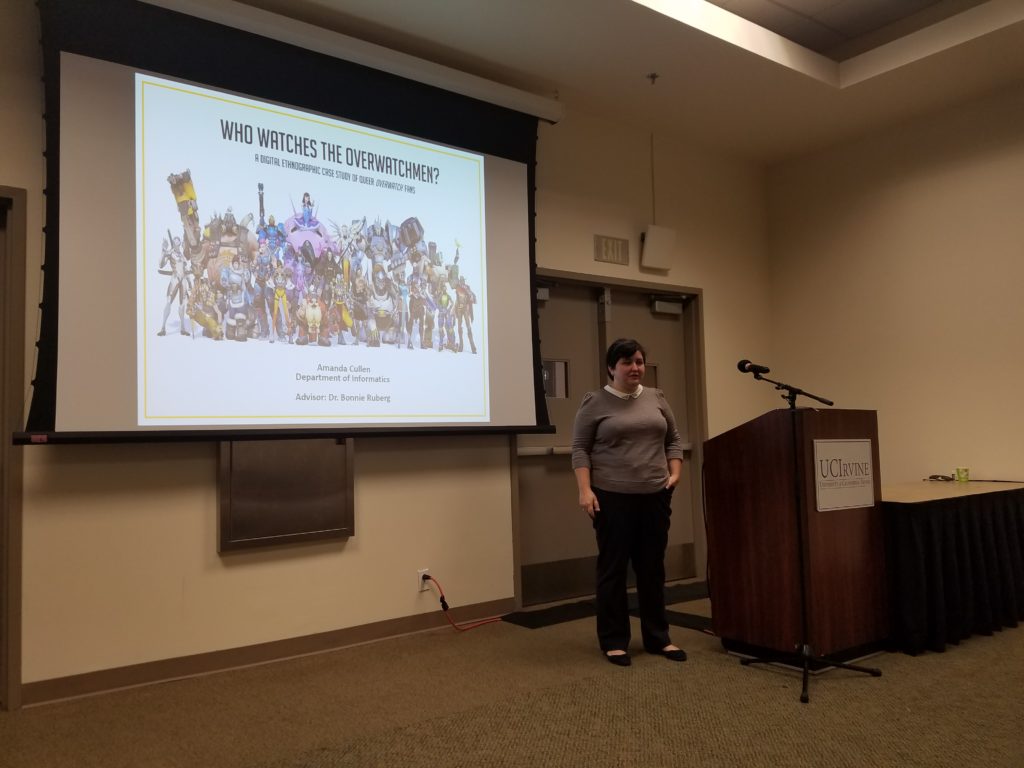
Competitive Edge PhD Student, Amanda Cullen, giving her presentation on Overwatch.
These programs are a really nice way to help students prepare for graduate school. As someone who participated in a similar program (DREU) as an undergrad and in the Competitive Edge program, I can attest to their usefulness.
As a mentor for students in these programs I am also extremely grateful to the programs for the opportunity to give back and be a mentor. As someone who is passionate about increasing diversity in academia and in STEM programs, I am always excited about chances to “do my bit.” In this instance, working with both Aminah and Amanda was a wonderful experience. Not only are they both hardworking students who are going to go great places, but they are generous with me as I felt my way through my role as a peer mentor. I plan on staying in touch with them (especially Amanda since we sit next to each other in lab) as they progress along their careers and continue to be helpful when I can.
A big thanks to everyone who made this summer fun and full of learning!
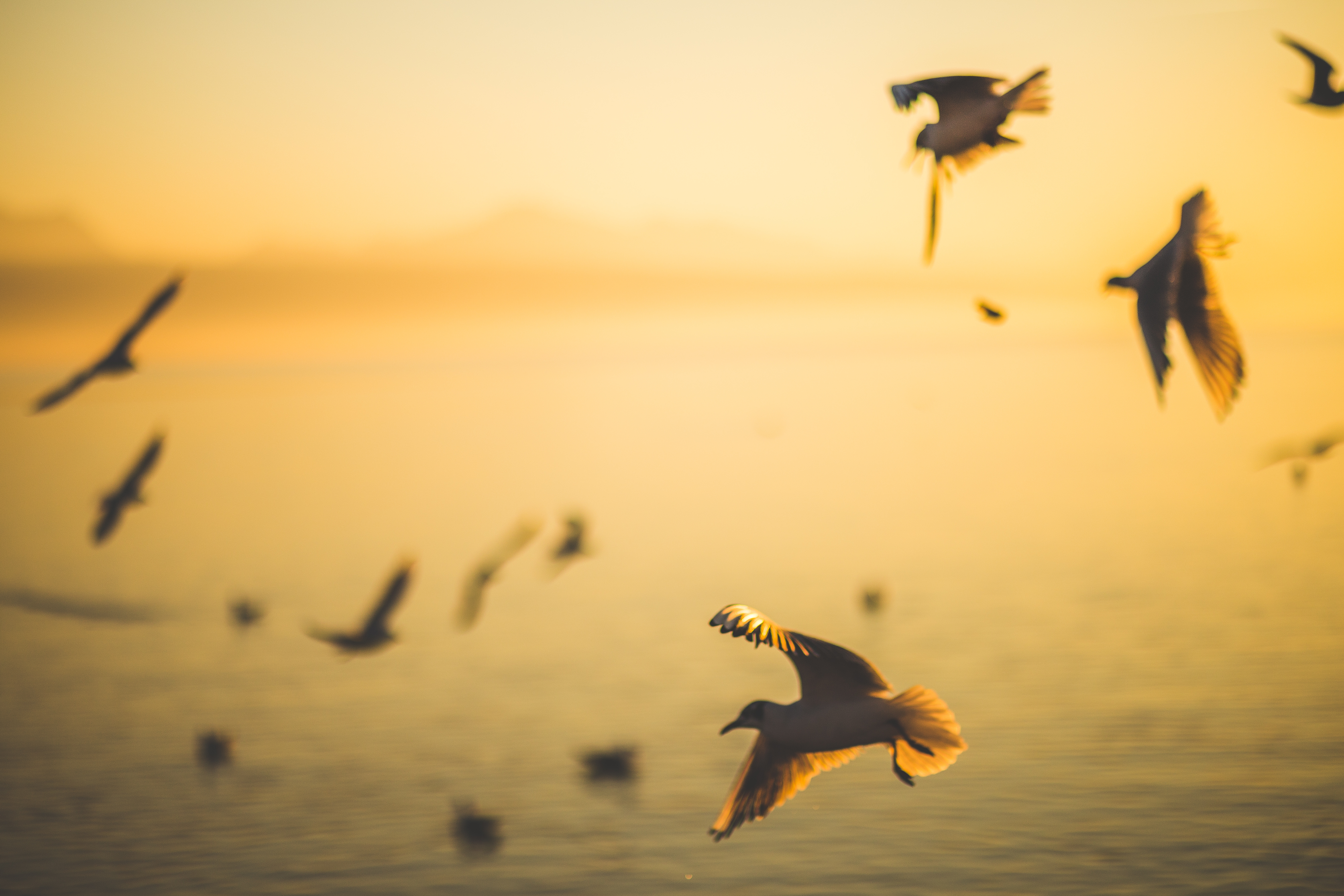
I’ve been wandering the net looking for useful information for grad students (particularly those who are working on their dissertation and looking forward to the job market.) So here I will start compiling the useful information and links I have found and update as needed.
If you have your own materials or have links to ones you like, feel free to share in the comments!
- Destination Dissertation by Sonja K. Foss and William Waters, excellent book–read it early and often!!
- Even a Geek Can Speak by Joey Asher, this is a great resource for learning how to communicate complicated ideas to all sorts of audiences, also it’s got great humor
- How to write a professional bio
- Lots of really good advice for grad school and beyond (Matt Might, CS-oriented)
- Job market materials (Benjamin Mako Hill)
- More job market materials (Philip Guo)
- Scholarly Pursuits by Cynthia Verba
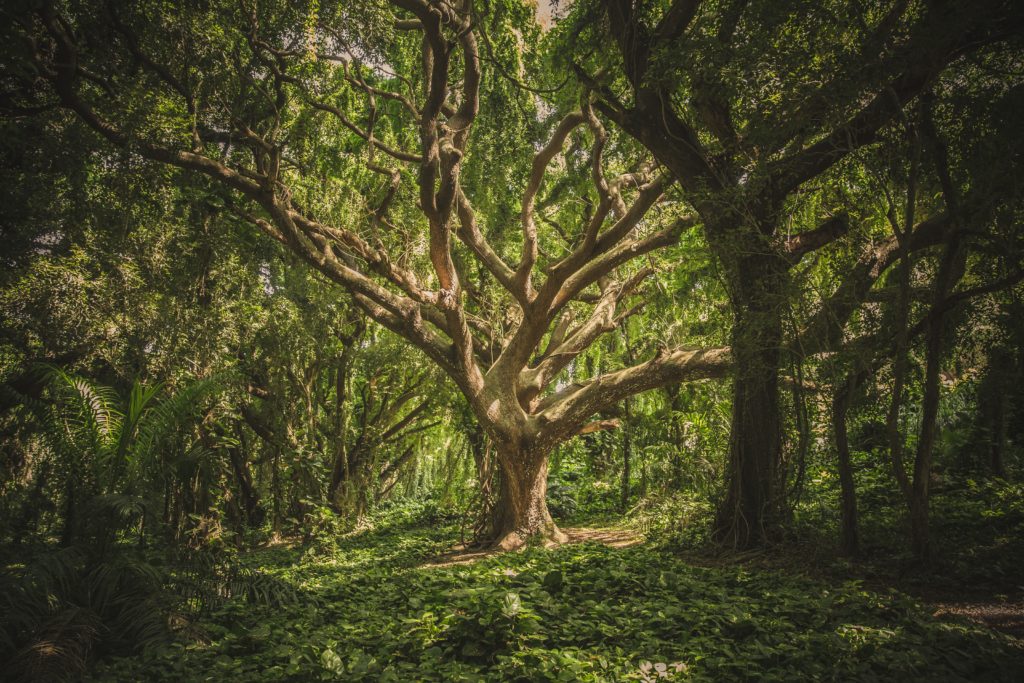
I was recently interviewed by a reporter from the New Scientist who wrote a piece on our paper, “Will I always be not social?”: Re-Conceptualizing Sociality in the Context of a Minecraft Community for Autism, that I will be presenting on May 9 for CHI 2016.
Minecraft is helping children with autism make new friends: https://t.co/jCRTOSdY6L pic.twitter.com/tYyutgd38T
— New Scientist (@newscientist) April 28, 2016
We were also covered by “Don’t Hate the Geek” in their article Minecraft Server for Autistic Gamers on May 2, 2016!
Want to find out more? Please see our full paper that has been accepted to CHI 2016. Full citation and link to the pdf below:
POST LAST UPDATED: May 2, 2016.
Related Posts:
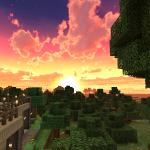
“Do you work for Aperture Science?”: Researching and Finding the Gamer Identity in a Minecraft Community for Autistic Children at #FDG19

News: Education in Games Summit 2019 #EiGS19
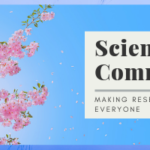
Xceptional Leaders Podcast: Guest Interview
I’m happy to report I successfully passed my advancement to become a PhD Candidate!
My talk was titled “Technology Mediated Socialization for Children with Autism.”
Committee: Gillian Hayes (Chair), Rebecca Black, Mimi Ito, Josh Tanenbaum, and Tom Boellstorff
Abstract: Traditional face-to-face social interactions can be challenging for individuals with autism, leading some to perceive and categorize these individuals as less social than their peers. For example, autism can be accompanied by difficulty making eye contact, interpreting some nonverbal cues, and performing coherent verbal utterances. While these challenges can be interpreted as an inability or lack of desire for social interactions, researchers have begun to explore how to expand the definition of sociality for those with autism. My research explores how technology can support alternative means of sociality, particularly for children with autism engaged in social play. In this advancement talk, I will present two research studies: SensoryPaint and Autcraft. SensoryPaint is a multimodal sensory environment built to enable whole-body interaction with the Kinect. Evaluation of SensoryPaint was conducted in two stages: a lab-based study and a deployment study. Results from this study show how these systems can promote socialization. My second research project explores Autcraft, a Minecraft community for children with autism and their allies. I will present results from on-going ethnographic work exploring the community’s Minecraft server and other community affiliated social media. Results from this study highlight ways in which community members use technology to create a safe environment for children with autism to explore alternative forms of social expression. Findings suggest an expansion of how sociality has traditionally been conceptualized for individuals with autism and how technology plays a key role in facilitating this new sociality.
Categorizing my Time
So I logged all my hours during the last week to see where I was spending my time. I am not surprised at all by the results, but it’s still fun to see it visualized.
For anyone wondering – yes, I am basically doing two full-time jobs at the moment – being a mom and being a grad student. Of course, I wouldn’t have it any other way. Hopefully, as I have time (haha), I will write more posts about how I manage my time and get everything done!
This spring has been rough in terms of my time management. Deadlines have crept up and the big ones seem to be converging. The past two weekends I have found myself trying to cram in finishing everything on my to do list that somehow didn’t get done during the week (including reading a couple of books, writing drafts of papers, and coding a prototype of our DanceCraft software).

After reading Time Tracking – Getting it Right, I was inspired to start keeping track of my time. Starting tomorrow, I’ll be keeping a log of activities, estimated time to complete, and time spent for the next week. Hopefully by next weekend I’ll have a little better idea where all the time goes.
Do you know where your time goes?
This week I will be writing about free writing. This is the fifth part of my series about my workflow as a graduate student (you can find Part 1 here). Last week, in Part 4, I gave an overview of my various steps in my writing process. Now I will break the first step down for you.
Free Writing
This is something I strive to do every (work) day. I carve out 35-45 minutes and sit down and write. My goal is 1500 (any kind of) words. Some days I don’t quite make it to my 1500 goal because I am tired or things get too hectic for my full writing session, but I do the best I can.
I do my free writes in OmmWriter and then transfer the text over to Evernote for safe keeping.

The great thing about this program is it is simple and quiet. I can plug in my headphones and hear ocean waves and the happy click-clack of keystrokes.
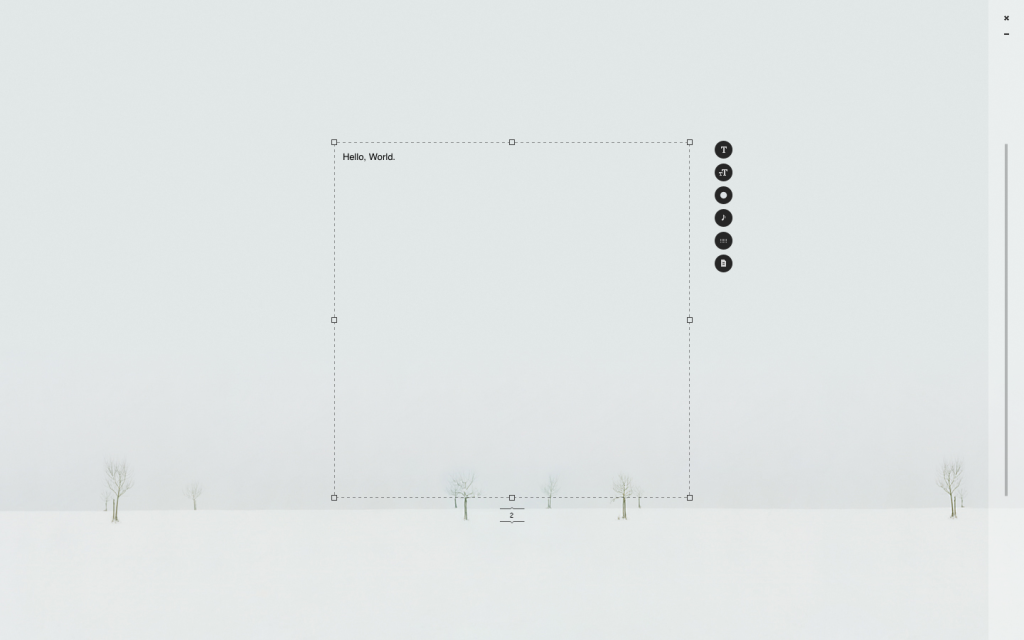
With a quick swipe of the mouse, I can check in on my word count if I’m feeling particularly anxious. For the most part, however, I just write.
When I’m done with my 1500 words, a quick copy and paste from OmmWriter to Evernote (filed under my notebook title “Free Writes”) saves my writing. I do this quick switch for one primary reason – searchability. My goal at the end of the day is to have all my research notes, memos, writing, etc. all in one place that is easily parsed and searchable. That way, when I get to later steps in my writing (“Now where did I put that one idea about a conference paper…..”) I can throw some keywords into my Evernote and find what I need. Work done now, upfront, is work saved later when energy levels may be low, cognitive function may be impaired, and deadlines are getting anxiously near.
I find this free write process to be very freeing (haha). First, it gets rid of one reason for writer’s block – the blank page. My later writings can now have snippets of free write pasted in to get them started – no more blank page! I also find this process really helps jumpstart and solidify my thought process. I am thinking through my writing. As I go through my day, do my readings, maybe work on various projects, my brain is making all sorts of connections I might not be aware of. These free writes are one place where I find myself actually articulating for the first time and iterating on these connections.
Up next, I will talk about memos in Part 6.
As mentioned in Part 1, I am discussing my various workflow tools in order to have a more pleasant and efficient grad school experience. Last week, in Part 2, I discussed my general task management and in Part 3 I discussed reading and citations. This week I will be starting my sub-series about writing.
Sources: Much of what I’ve learned about my workflow, I’ve gotten from other folks. What I’m discussing in the next few posts is an amalgamation of different work management patterns I’ve gotten from around the internet, people in the lab, or figured out for myself. I would like to give a big thanks to Hacking the Thesis.
Writing
Over the next month I will be posting about the various steps I take in my writing. My plan is to talk about the following:
- free writing
- memos
- academic paper drafts
- writing for blogs or other “general” audience media
One book I found very helpful was Writing Your Dissertation in 15 Minutes a Day. The habit that I have picked up since my first read through is writing everyday. I do this by setting aside roughly 45 minutes of my day for my free writing. I aim for about 1500 words per day of this kind of writing. The next level of writing is slightly more structured memos, which usually have some kind of focus (a question I am trying to answer, or something specific I am analyzing or drafting up). Finally, the free writes and memos then feed into my rough drafts. When I know what kind of question I want to answer for a particular venue, I can start a more formal drafting process. This is also where I bring in coauthors to help with the argument, literature, and clarity.
While my main focus is my academic writing, I also change things up to give my brain a rest by writing fiction and journalling. Perhaps I will have more on this after I’ve finished this series of blog posts.
As mentioned in Part 1, I am discussing my various workflow tools in order to have a more pleasant and efficient grad school experience. Last week, in Part 2, I discussed my general task management. This week I will be talking about reading and citations.
Readings and Citations
One of my jobs as a graduate student is to read. A lot. And when I am reading, I am synthesizing the information in order to use it in my own research. Some of the tasks involved in the reading process include: finding articles, reading (like the actual work of reading the documents), summarizes the work and creating an annotated bibliography, and citing sources in my own work. I will go through this process step by step.
Find Articles
To be fair, this step is a whole blog post in its own right and I really don’t have the time/space to do it here. Suffice to say, there are lots of ways to find the literature you need and determine if its right for you, etc. For the sake of this blog post, I will just use one of my own articles as found on Google Scholar.
I download and import into Zotero the first article listed under the Google Scholar results for “Ringland Minecraft.”
Reading the Article
I’m going to be honest here. At this point, if I’m seriously reading this article then I’m probably printing out a hardcopy and handwriting my notes in. If it’s not a deep read, then I might just be jotting down some notes by hand in my notebook or in Evernote. I just absorb better when I’m handwriting my initial notes.
Annotated Bibliography
Ever since having to write an extensive literature review as part of my PhD Milestones for my program, I’ve become a huge fan of the annotated bibliography. However, it has taken me almost an entire YEAR to come up with a workflow for creating these annotated bibs. Follows is what I’m finally happy with. It took a bit to set up, but it’s smooth sailing now that I’ve got it.
- Read the article, take notes.
- Summarize main points of the article in 3-4 sentences. May also use keywords or anything else that will help you find the article again later.
- Add this summary to the “abstract” section of the article information in Zotero. Do NOT just copy and paste the abstract of the article – that will not help you find it later!
- Use Zotero to create an “annotated bibliography” from the article. The style I use, APA annotated bib style, uses the abstract section to create the annotated part of the reference.
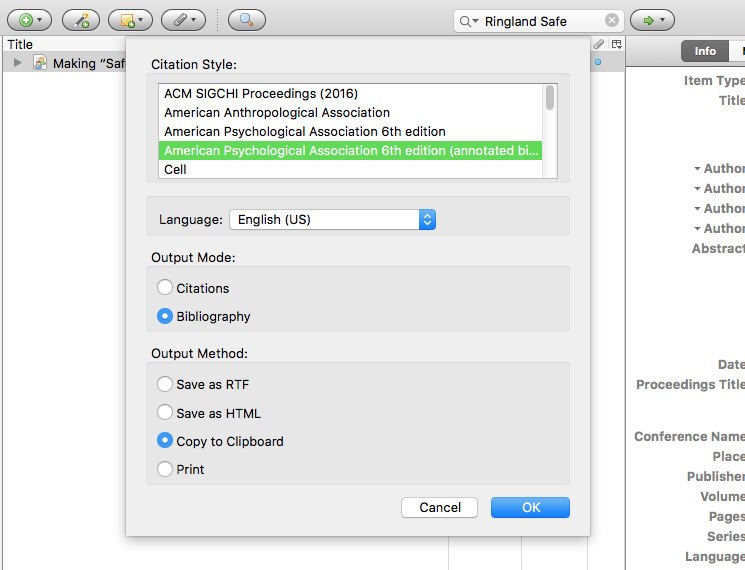
Creating an annotated bibliography item from Zotero.
- I then go to my Todoist Reading list where I probably had something like “Ringland safety paper” listed. I paste over the top of that the citation I just copied from Zotero.
- Having labeled the task item in Todoist @reading triggers an IFTTT recipe that I created.
- The IFTTT recipe looks for any Todoist tasks labeled @reading. It then takes the completed Todoist item and appends it to a note titled “Completed Readings” in my Evernote.
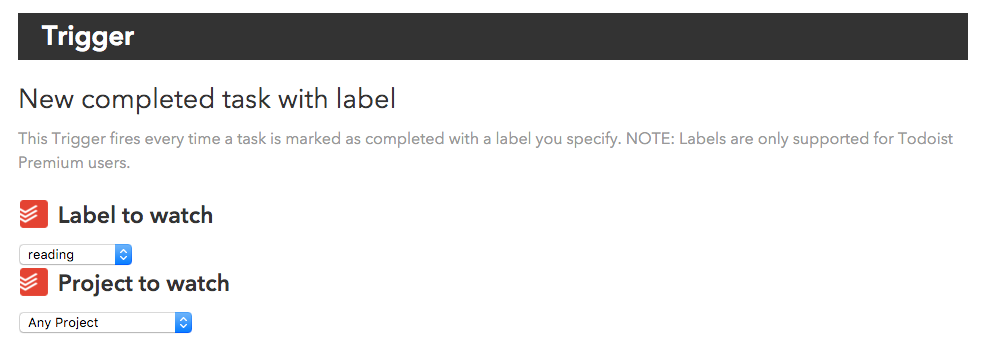
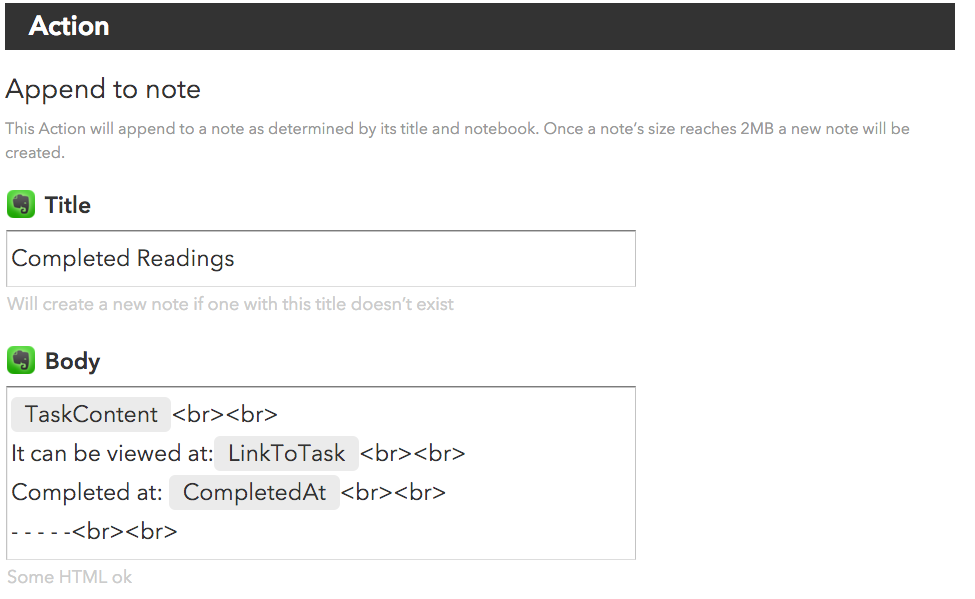
- I can now search all the readings I have read and summarized this way in one Evernote list.
I also have the information in Zotero. So anytime I want to create an annotated bibliography with multiple items, I can pull the citations from my Zotero library. This way if I want to make a themed bibliography for a specific lit review, I can pull all the sources I need without having to dig through many different lit list files to find them. The other great thing about Zotero and Evernote is that they are searchable, so if I just remember some keywords about a paper – like “parent safety” – then I can pop those into my Evernote to get the full citation.
Citing Sources
The final step in going through literature is to then cite it in your own work. I do this when I am working in Word. I use the Zotero Word plugin and just pop the cites directly into my document. The plugin also auto-generates the reference list, so that I don’t have to write it by hand. It is a huge time saver.
Hope some of that is useful to you as you go about designing your own workflow. Next week I will start talking about the writing process!
